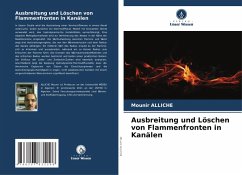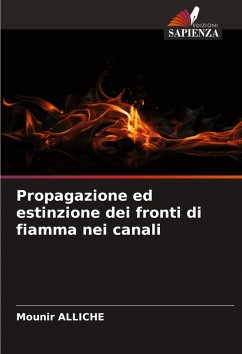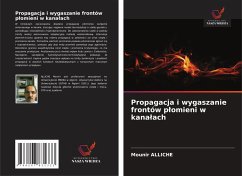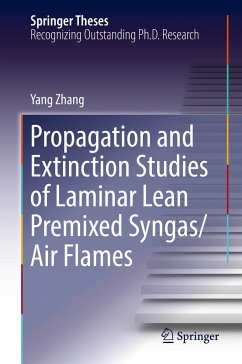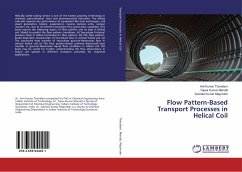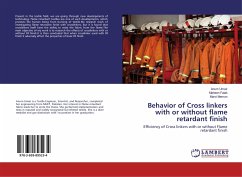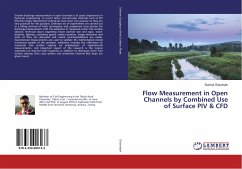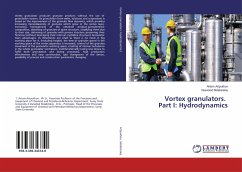
Propagation and extinction of flame fronts in channels
Versandkostenfrei!
Versandfertig in 6-10 Tagen
53,99 €
inkl. MwSt.

PAYBACK Punkte
27 °P sammeln!
This study examines the propagation of a premixed flame in a channel, first using a constant-density thermodiffusion model, neglecting hydrodynamic instabilities. An adaptive multigrid method is used to refine the mesh near the reaction zone. Flame-wall interaction reveals three propagation regimes depending on heat loss and channel radius. An intermediate value of the radius allows the flame to bend and propagate, while too small a radius causes it to extinguish. The limits of the heat loss coefficient and the critical radius are determined, offering practical interest. The influence of Lewis...
This study examines the propagation of a premixed flame in a channel, first using a constant-density thermodiffusion model, neglecting hydrodynamic instabilities. An adaptive multigrid method is used to refine the mesh near the reaction zone. Flame-wall interaction reveals three propagation regimes depending on heat loss and channel radius. An intermediate value of the radius allows the flame to bend and propagate, while too small a radius causes it to extinguish. The limits of the heat loss coefficient and the critical radius are determined, offering practical interest. The influence of Lewis and Zeldovich numbers is also analyzed. Next, the hydrodynamic-thermodiffusivity coupling shows that thermal expansion of gases significantly affects confinement limits and propagation velocity in narrow non-adiabatic channels with an imposed mass flow rate.




